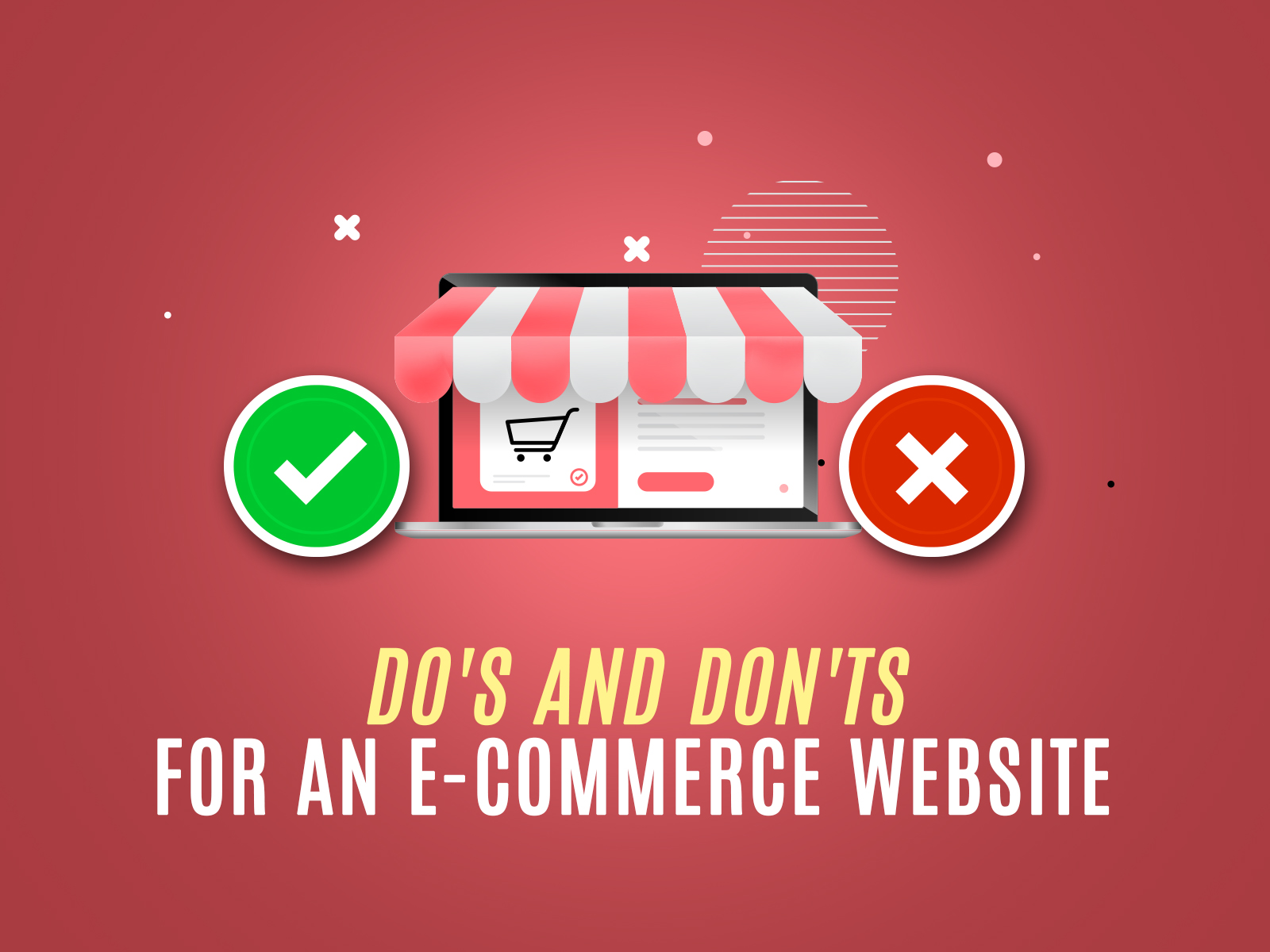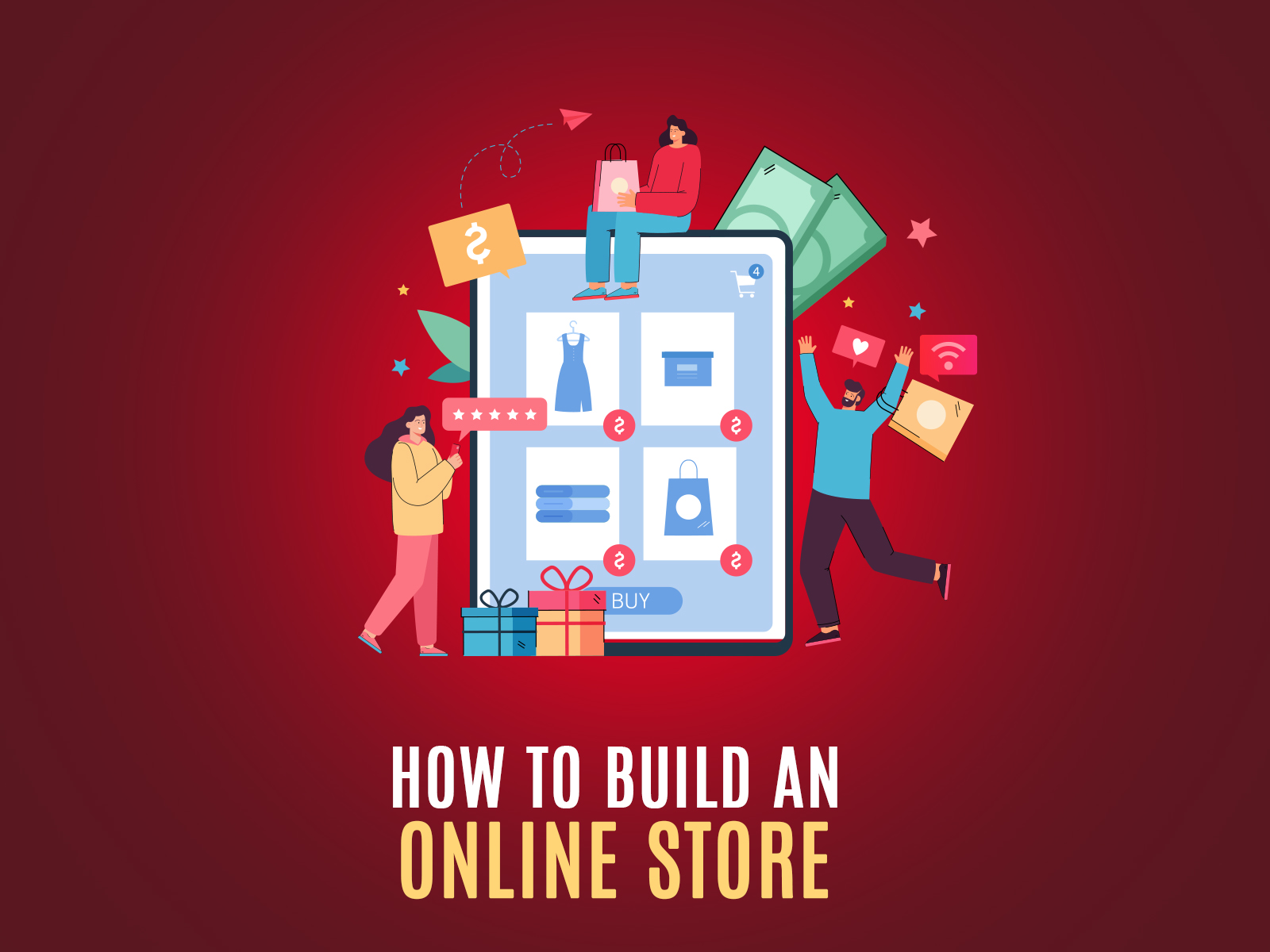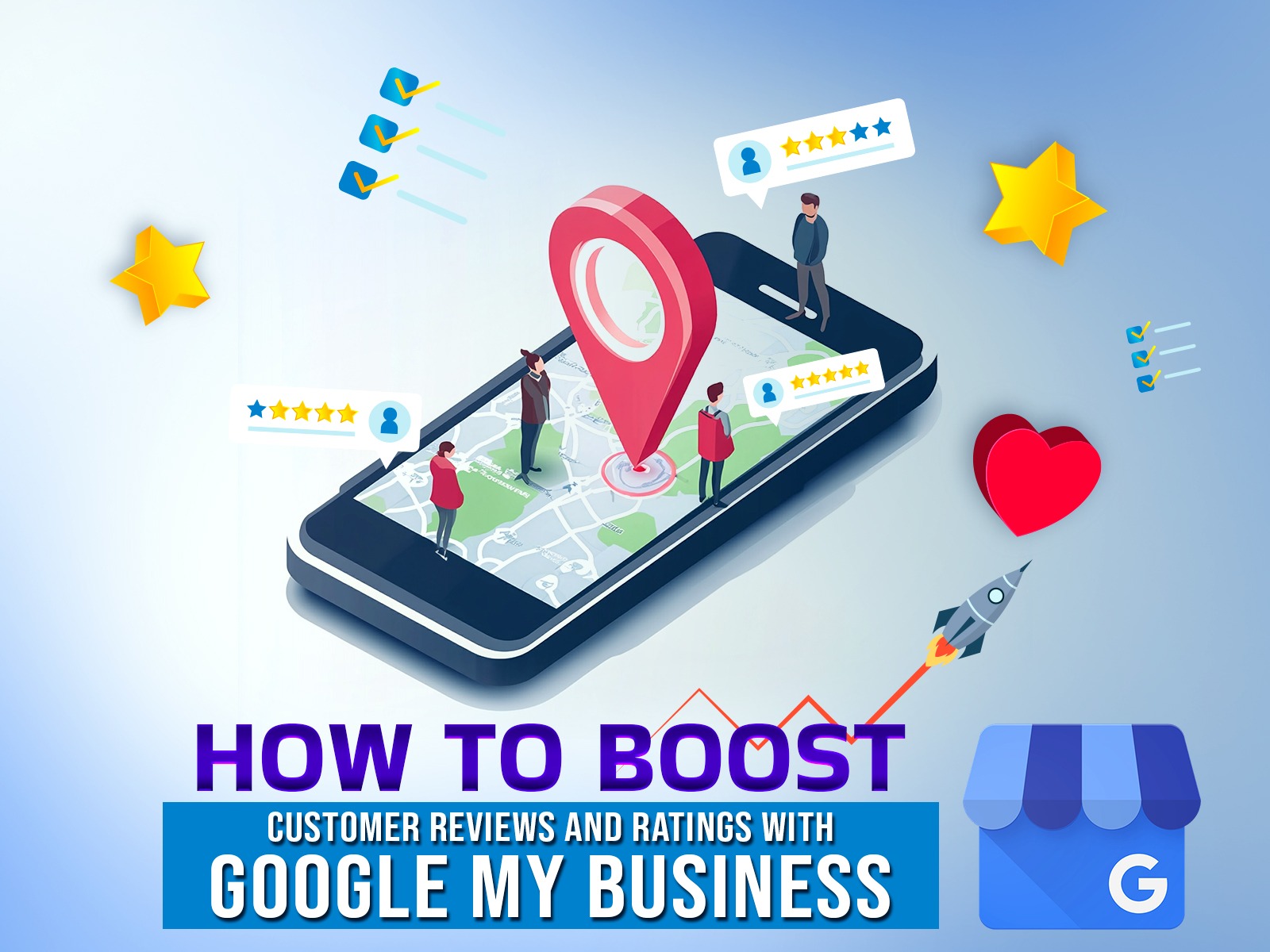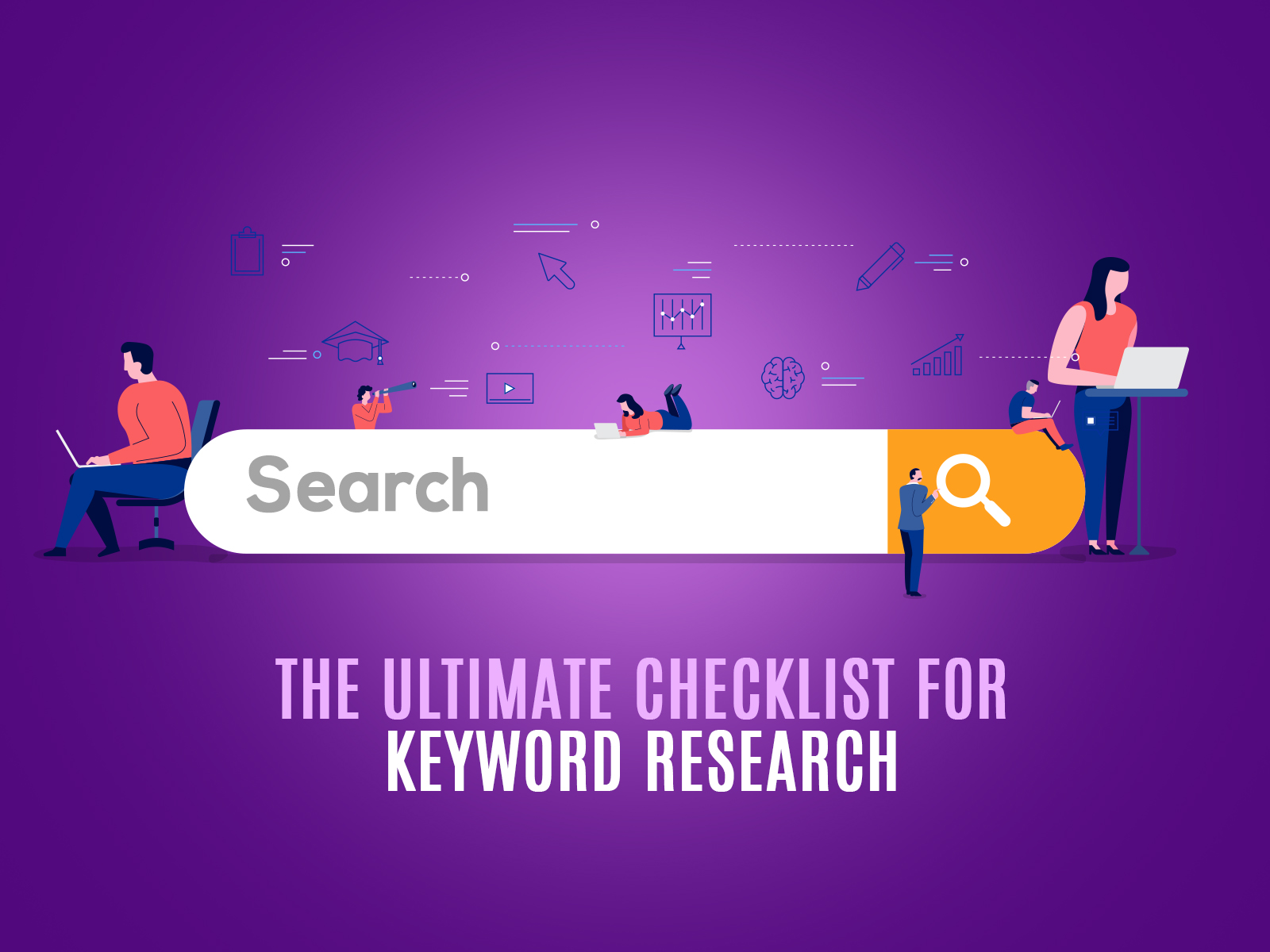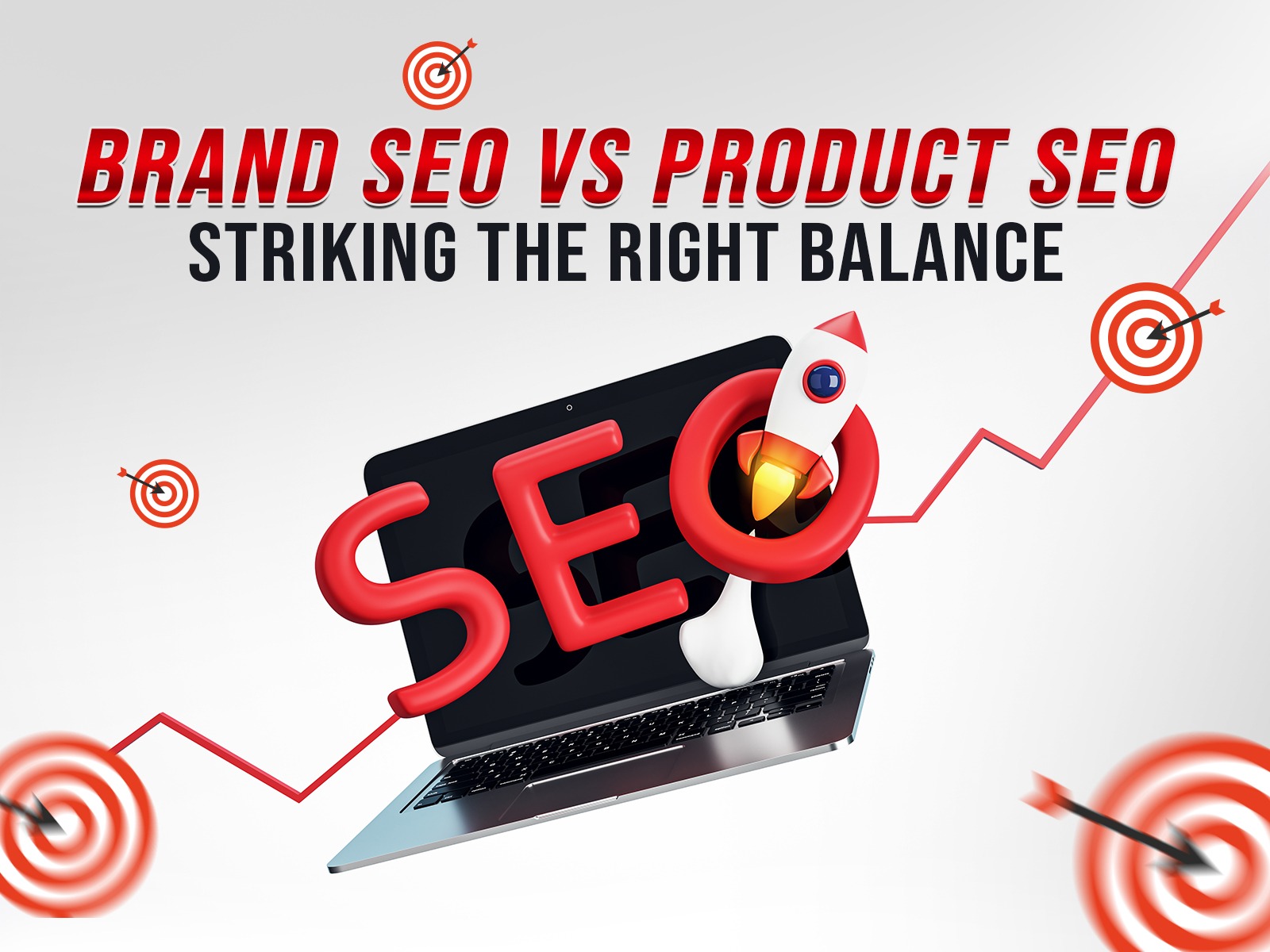
Brand SEO vs Product SEO: Striking the Right Balance
In today's hypersensitive digital landscape, visibility is all. If you are launching a new mobile app, offering an enterprise-grade Software Framework, or creating a complete digital ecosystem, people can break your success or break your success as you find the online nail.
That is where SEO - search engine optimization - comes in. But here's the big question: Should your SEO strategy focus on brand SEO or product SEO? With the top mobile app development company, Asteeri Infotech, where innovation complements the strategy, we believe that the correct answer is not choosing each other - it shows the perfect balance.
Understanding the Difference: Brand SEO vs Product SEO
Before diving into the advanced SEO strategy, it is essential to understand the fundamental difference between brand SEO and product SEO. Both are powerful tools in themselves, but they serve very different purposes and are more effective when used together.
What is Brand SEO?
The brand's SEO is about improving the visibility and reputation of your company's name, brand identity, and general digital authority. He ensures that when people look for their business, such as "Asterii Infotech," they are received with a strong online presence that includes listings of professional websites, consistent social profiles, reviews, and authoritative content.
The brand's SEO helps create trust, credibility, and brand recall. Brand-related search consultations usually come from users who already know their business or have seen their name mentioned somewhere. Optimizing for brand SEO helps you control the narrative and improves the chances of being selected in competitive markets.
Key Objectives of Brand SEO:
- Build awareness and recognition
- Improve trustworthiness and credibility
- Dominate search results for your brand name
- Control the narrative around your business
Examples of Brand SEO keywords:
- Asteeri Infotech mobile app developers
- Reviews of Asteeri Infotech
- Asteeri Infotech software solutions
- Leading software company in India
What is Product SEO?
On the other hand, the SEO product targets specific products or services you offer. It focuses on bringing new traffic from users looking for solutions, non-branded. These users may not know who you are yet, but they’re actively searching for a service you provide.
Product SEO is more transactional. It drives leads, conversions, and direct revenue by showcasing individual offerings like mobile apps, SaaS tools, or industry-specific platforms.
Key Objectives of Brand SEO:
- Build awareness and recognition
- Improve trustworthiness and credibility
- Dominate search results for your brand name
- Control the narrative around your business
Examples of Product SEO keywords:
- AI-powered food delivery app
- Custom ERP software for SMEs
- E-commerce app development services
- Fintech app developers in India
In essence, brand SEO builds trust, and product SEO drives action. One sets the stage, while the other delivers the performance. For the best web development company like Asteeri Infotech, a perfect balance between the two is the real key to long-term success.
Why Striking the Right Balance Matters?
In the world of digital marketing, SEO is not just about visibility—it’s about sustainable growth. Many businesses make the mistake of leaning too heavily in one direction. Some go all-in on product SEO, trying to catch users right when they’re ready to make a purchase.
Others invest solely in brand SEO, hoping that organic visibility and long-term awareness will eventually drive leads. But in truth, an unbalanced SEO strategy can hinder overall performance. Here’s why finding the right balance between brand SEO and product SEO is critical:
1. Builds Trust and Recognition
Product SEO might help you rank for transactional queries, but that’s only half the equation. Without strong brand recognition, users may skip over your link, even if you’re on the first page. On the flip side, when customers recognize your name, trust is already established. They’re more likely to click, explore, and convert.
At the top mobile app development company like Asteeri Infotech, we’ve seen the difference firsthand. Clients who discover us through product keywords are more likely to convert when our brand presence backs up our services. This combination fuels higher engagement and repeat business.
2. Caters to the Full Funnel
Brand SEO targets users at the awareness and consideration stages—people who are researching, comparing, or exploring options. Product SEO speaks to those at the decision and action stages—ready to contact, sign up, or buy. By aligning both strategies, you guide users through the entire buyer’s journey, from first impression to final conversion.
3. Protects Long-Term Digital Equity
Google’s algorithms are ever-changing. Relying solely on product-related rankings is risky. One update can slash your visibility overnight. But with a strong brand identity, users still search your company name directly, protecting traffic and keeping leads flowing—even when rankings fluctuate. In short, a balanced SEO approach is not just strategic—it’s sustainable.
4. Supports Multi-Channel Marketing
A strong brand presence enhances social media marketing, email campaigns, and paid ads. When users encounter your product SEO pages through search and also recognize your brand from other platforms, their engagement increases, reinforcing your message across all channels.
5. Strengthens Link-Building and PR Opportunities
Brand-focused SEO helps generate quality backlinks and media coverage. Journalists, bloggers, and partners are more likely to reference a credible brand than a generic product. And when combined with optimized product content, these backlinks improve rankings for both brand and service pages.
Brand SEO vs Product SEO: The Core Differences Explained
By building an effective SEO strategy, it is crucial to understand the distinction between brand SEO and product SEO. Both approaches target different aspects of their online presence, serve different user intentions, and help achieve distinct business goals. Let's explore the main differences in detail.
1. Focus
Brand SEO: The brand's SEO focuses on promoting its brand and reputation. It is about establishing your business as an authoritative and reliable entity in your customers' minds. The brand's SEO is designed to make your company recognizable and memorable, optimizing your brand keywords, improving your reputation online, and strengthening your identity. This focus is broader and longer, emphasizing the overall perception of your business.
Product SEO: The SEO of the product, on the other hand, is focused on purchase types, types, and intentions related to your products or services. It targets users who actively seek specific solutions, comparisons, or products to buy. This approach aims to position the pages and content of their products in front of buyers during the decision-making process, helping to convert visitors to customers.
2. Target Keywords
Brand SEO: The brand's SEO targets the brand words - search terms that include your business or product name, such as "Dell Laptops" or "Apple customer support". These words -chau show that the user is already familiar with their brand or is looking for something specifically. Optimizing brand words helps capture users who are browsing directly to your business or looking for information about it.
Product SEO: The SEO product targets keywords without brand and intention, such as "best 2025 laptops" or "water-tasting sneakers below $ 100". These words usually have high commercial or transactional intention, as the researcher is usually in the research or purchase phase, but may not know which brand to choose. The SEO of the product aims to attract these undecided customers, offering product details and comparisons.
3. Goal
Brand SEO: The main objective of the brand's SEO is to increase awareness, loyalty, and confidence. When users recognize their brand, they are more likely to return, recommend, and choose their products instead of competitors. The brand's SEO also strengthens its general online authority, making its site more resistant to competitors and algorithm changes.
Product SEO: The SEO of the product is intended to convert traffic and sales. By optimizing product pages and relevant content, product SEO drives users more deeply into the sales funnel, encouraging them to make a purchase. It is focused on attracting qualified visitors who have a clear intention to buy or at least seriously consider a product.
4. Content Type
Brand SEO: For brand SEO, the content includes brand stories, values, blogs, and thought leaders. This content educates and involves users about who you are, what you represent and why they should trust you. It usually includes company history, mission statements, case studies, and industry insights that build a strong emotional connection with your audience.
Product SEO: The SEO of products includes product pages, comparison guides, frequently asked questions, and buyers' guides. The content is more transactional, designed to provide detailed information on resources, benefits, prices, and use cases. You can also include user analysis, tutorials, and tips to solve problems to help customers in their purchase decisions.
5. Target Audience
Brand SEO: The brand's SEO targets mainly loyal and faithful customers or users who have at least some prior knowledge of their business. These users may be returning for more information, support, or engagement, as well as a single product purchase.
Product SEO: The SEO product targets new and potential buyers who are on the market in search of products or solutions, but are not yet familiar with their brand. The goal here is to capture these users at the point of need and convert them to customers.
6. Search Intent
Brand SEO: The research intention behind the SEO brand-keywords is typically navigational or informative. Users want to find their site, learn more about their brand, or look for support and features. This kind of intention is less about immediate purchase and more about engagement and confidence construction.
Product SEO: In Product SEO, search intent is mostly transactional or commercial. Users are actively researching products with the purpose of buying or comparing options. They expect detailed, accurate, and persuasive product information that helps them finalize their decisions.
Understanding these differences helps businesses allocate their SEO resources wisely. While Brand SEO builds a foundation of trust and long-term recognition, Product SEO drives immediate traffic and sales. A successful digital strategy integrates both, guiding customers from awareness to purchase seamlessly.
Why Both Matter: The Full Funnel Approach
In today's competitive digital landscape, companies often wrestle with whether brand SEOs or product SEOs prefer SEOs. While the product focusing on SEO can bring a quick victory by capturing users ready to convert, this approach is not sufficient for sustainable development alone. Without brand SEO, businesses risk long-term confidence, customer loyalty, and ongoing engagement.
On the flip side, companies that only invest in brand SEOs can create awareness and a strong reputation, but struggle to attract new users who are actively searching for specific solutions or services. This distance means losing valuable leads at a crucial moment when prospects are ready to decide.
The key is to understand how these two SEO strategies complement each other during the buyer's trip:
a. Awareness Phase: When users find comprehensive words such as "Top Mobile App Developers in India", the product runs an initial search matching these objective-based questions with SEO -related service pages.
b. Consideration Stage: As prospects learn more, they often seek reassurance by looking up your brand reputation, for example, searching “Asteeri Infotech reviews.” Here, brand SEO works to build confidence through positive content, testimonials, and trust signals.
c. Decision Stage: Finally, when users visit your product pages to explore features or pricing, product SEO ensures the path to conversion is clear, encouraging inquiries or purchases.
d. Increase in click-through rate (CTR)
When users look at both the relevant service and recognizable brand in search results, they are likely to click. Brand familiarity improves CTR, even if your page is not a top result.
e. Improves returning campaigns
With both brands and product SEOs, users visiting your site are more likely to be reunited by rearranging ads by reminding your name and combining it with quality.
f. Supports Word-oF-Mouth and Referrals
The presence of a strong brand makes it easy for customers to refer to you by name. When others Google your company, the brand SEO assures that they get glowing content and attractive reasons to trust you.
g. VOICE helps in search and branded queries
As Voice Is Search becomes more popular, branded queries such as "Call Asteeri Infotech" or "Find Asteeri Application Development Services" are growing. Strong brand SEO guarantees that you dominate the results for this highly reserved search.
h. Strengthens your Domain Authority
Providing both brand-centered and product-centered materials increases the width of your site and Depth. This search helps you see the engine as a reliable authority, boosting rankings throughout the board.
In essence, product SEO gets you discovered, but brand SEO helps you get chosen. By balancing both, best SEO marketing companies like Asteeri Infotech can effectively guide users from awareness through to conversion and beyond, creating a robust, full-funnel SEO strategy that drives lasting results.
Conclusion: Build the Foundation and the Walls
To sum it up, Brand SEO is like your digital foundation—solid, credible, and designed for long-term resilience. Product SEO is like the bricks and walls—they shape your offerings and capture interest at the exact moment users are ready to act.
For forward-looking best seo marketing companies like Asteeri Infotech, the goal isn’t to choose between the two. Instead, it’s about creating an SEO strategy that blends both elements seamlessly. By aligning your brand values with product excellence and optimizing for both, you ensure that your company becomes not only discoverable but also trusted and chosen.
related post




.jpg)
